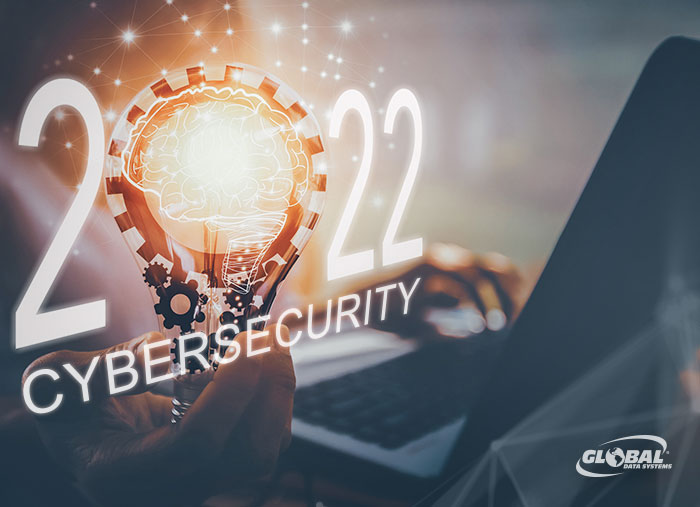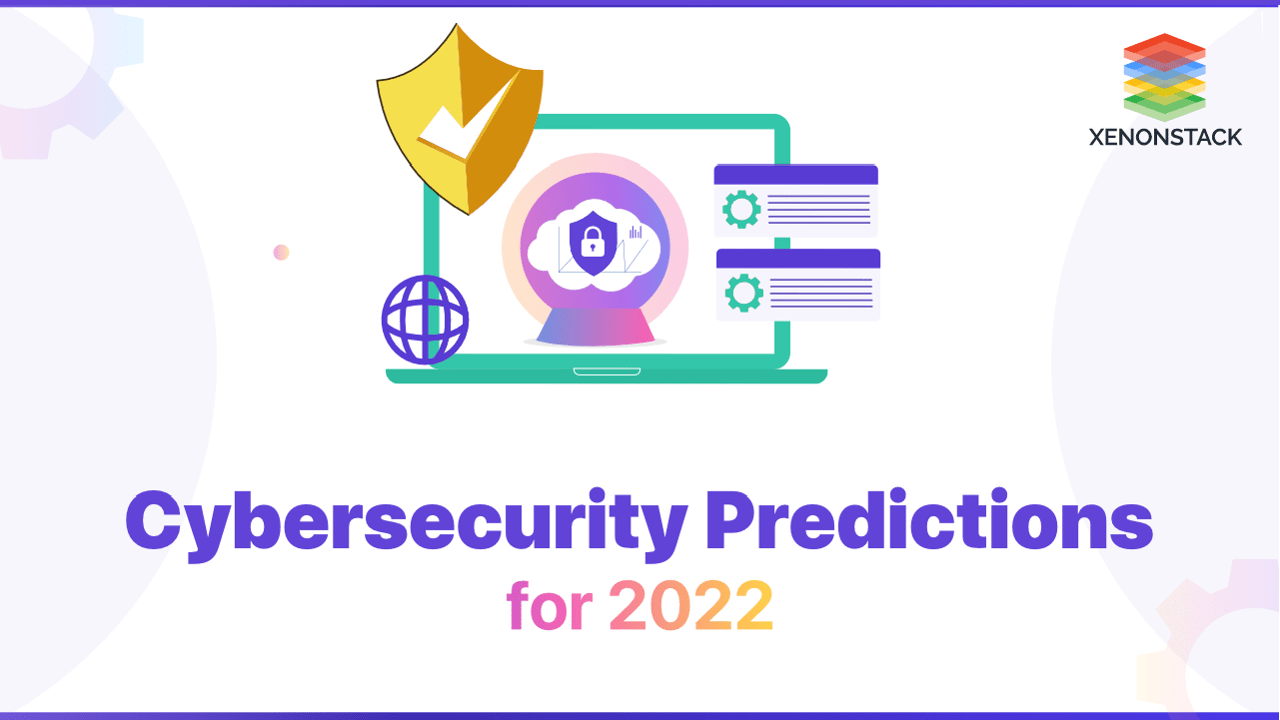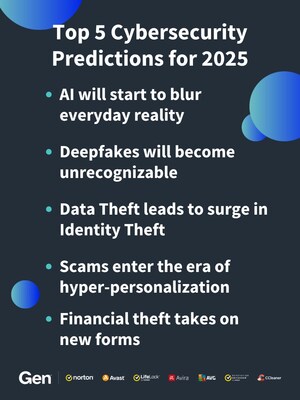Identify Deepfake Social Engineering Attacks and their potential risks.
Wiki Article
The Next Frontier: Insightful Cybersecurity Predictions for the Coming Year
As we approach the brand-new year, the cybersecurity landscape is on the edge of notable transformation. Trick aspects such as the assimilation of sophisticated AI modern technologies, the unpreventable rise of advanced ransomware, and the tightening of data personal privacy policies are forming the future of digital security.Increase of AI in Cybersecurity
In the quickly developing landscape of cybersecurity, the integration of fabricated intelligence (AI) is emerging as a critical force in improving risk discovery and action capabilities. AI innovations, such as maker learning algorithms and deep discovering models, are being increasingly deployed to assess substantial quantities of information and recognize patterns indicative of security hazards. 7 Cybersecurity Predictions for 2025. This allows companies to proactively deal with susceptabilities before they can be manipulatedThe increase of AI in cybersecurity is particularly substantial in its capability to automate regular jobs, allowing human analysts to concentrate on more complex safety and security problems. By leveraging AI, cybersecurity teams can decrease reaction times and boost the accuracy of hazard assessments. AI systems can adapt and learn from brand-new threats, constantly improving their discovery devices to stay ahead of harmful stars.
As cyber threats come to be much more advanced, the need for innovative options will drive further investment in AI modern technologies. This trend will likely bring about the advancement of boosted protection tools that incorporate anticipating analytics and real-time monitoring, inevitably strengthening organizational defenses. The shift in the direction of AI-powered cybersecurity services represents not simply a technological shift yet a basic modification in just how companies approach their protection techniques.
Rise in Ransomware Attacks
Ransomware strikes have actually ended up being a widespread danger in the cybersecurity landscape, targeting organizations of all dimensions and throughout various fields. As we advance into the coming year, it is prepared for that these attacks will certainly not just enhance in regularity yet additionally in refinement. Cybercriminals are leveraging innovative tactics, including the usage of expert system and maker understanding, to bypass standard safety and security procedures and make use of susceptabilities within systems.The rise of ransomware assaults can be associated to numerous factors, including the increase of remote work and the growing reliance on digital solutions. Organizations are often not really prepared for the evolving risk landscape, leaving vital infrastructure susceptible to violations. The economic implications of ransomware are incredible, with companies dealing with significant ransom demands and potential long-lasting functional interruptions.
In addition, the pattern of dual extortion-- where attackers not just secure data yet additionally endanger to leak delicate info-- has obtained grip, additionally coercing targets to follow needs. Therefore, companies need to prioritize durable cybersecurity procedures, including regular back-ups, employee training, and incident response planning, to alleviate the dangers connected with ransomware. Failing to do so can bring about ravaging consequences in the year in advance.
Evolution of Information Personal Privacy Regulations
The landscape of information privacy policies is undergoing considerable makeover as federal governments and companies react to the raising issues bordering personal information protection. Recently, the execution of comprehensive frameworks, such as the General Data Defense Regulation (GDPR) in Europe and the California Customer Personal Privacy Act (CCPA) in the USA, has set a precedent for more stringent privacy laws. These guidelines emphasize consumers' legal rights to manage their information, mandating transparency and accountability from companies that gather and process personal info.
In addition, companies will require to improve their conformity techniques, investing in advanced innovations and training to protect delicate information. The evolution of data personal privacy regulations will certainly not just effect exactly how businesses operate but also form consumer assumptions, fostering a society of count on and safety in the digital landscape.
Development of Remote Work Susceptabilities
As organizations remain to welcome remote work, vulnerabilities in cybersecurity have actually significantly concerned the forefront. The shift to adaptable work plans has exposed crucial gaps in security methods, specifically as staff members access sensitive information from different locations and tools. This decentralized work environment produces an expanded strike surface for cybercriminals, who manipulate unsafe Wi-Fi networks and personal devices to penetrate corporate systems.
To minimize these susceptabilities, companies have to focus on extensive cybersecurity training and implement robust protection frameworks that include remote job situations. This includes multi-factor authentication, regular Source system updates, and the facility of clear protocols for data access and sharing. By attending to these vulnerabilities head-on, companies can foster a much safer remote job environment while maintaining operational strength when faced with advancing cyber threats.
Improvements in Hazard Detection Technologies


Proactive hazard detection has actually become a keystone of modern-day cybersecurity strategies, showing the immediate demand to counteract progressively advanced cyber dangers. As organizations face a progressing landscape of susceptabilities, advancements in hazard discovery technologies are important in mitigating threats and improving security postures.
One significant pattern is the integration of expert system and artificial intelligence into threat detection systems. These modern technologies allow the evaluation of substantial amounts of data in real time, enabling the identification of anomalies and potentially malicious tasks that might evade typical safety actions. In addition, behavioral analytics are being executed to develop baselines for regular customer activity, making it easier to spot inconsistencies a measure of a breach.
In addition, the rise of automated threat knowledge sharing platforms facilitates joint protection initiatives throughout sectors. This real-time exchange of information boosts situational understanding and increases action times to arising threats.
As organizations continue to buy these sophisticated modern technologies, the efficiency of cyber protection mechanisms will substantially boost, encouraging protection teams to stay one step ahead of cybercriminals. Inevitably, these improvements will play a crucial role fit the future landscape of cybersecurity.
Final Thought
In recap, the upcoming year is expected to witness transformative growths in cybersecurity, driven by the assimilation of AI technologies and a noteworthy rise in ransomware attacks. As data privacy guidelines end up being more rigorous, organizations will need to improve compliance methods. The continuous challenges presented by remote work susceptabilities require the execution of robust protection actions and extensive training. On the whole, these advancing cybersecurity and privacy advisory dynamics emphasize the important importance of adapting to an ever-changing cybersecurity landscape.Report this wiki page